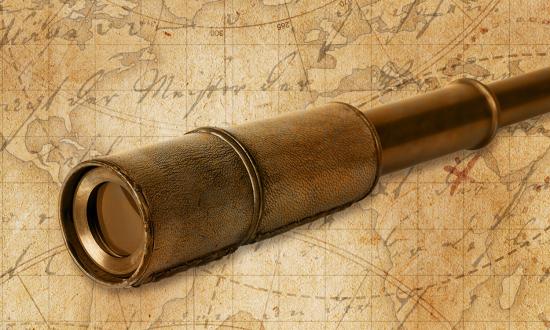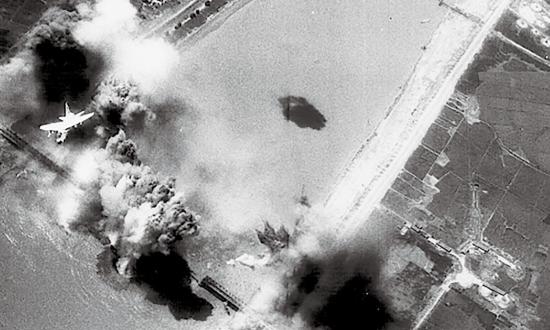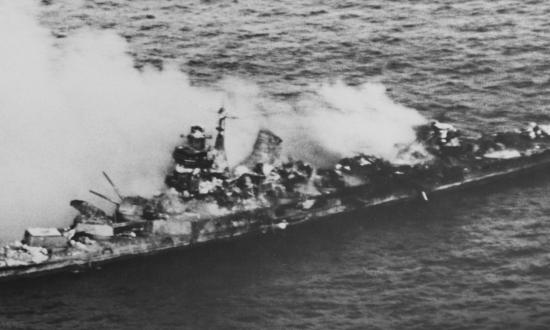“THE JOB I am going on is about as desperate a venture as has ever been undertaken by any force in the world’s history.” So stated the legendary Major General George S. Patton as he made ready to set sail for French Morocco on board the USS Augusta (CA-31). Old Blood and Guts was not far off the mark: Operation Torch—the Allied invasion of North Africa in November 1942—was an ambitious campaign rendered on a grand scale, a hard-hitting counterpunch to the Axis foe that thus far had spread its tentacles largely unchecked. It was also—as Vincent P. O’Hara so vividly points out in our cover story this issue—one hell of a crap shoot.
O’Hara, author of Torch: North Africa and the Allied Path to Victory (Naval Institute Press, 2015), serves us up a thorough 80th-anniversary retrospective on Operation Torch that covers its many aspects: the dangerously inadequate amphibious-landing training, the sheer luck of the cooperative weather, the naval Battle of Casablanca (which Samuel Eliot Morison colorfully dubbed “an old-fashioned fire-away-Flannagan between warships”), and the hectic race for Tunisia. While it was “among the more perilous operations undertaken during the war,” O’Hara points out that history rightfully recalls Operation Torch as a success; it was the thin end of the wedge, setting the stage for “the triumphal procession of major amphibious operations that followed.”
While Torch was in full swing, out in the Pacific Theater, Admiral Chester W. Nimitz was overseeing the largest naval war in history. Trent Hone, author of the highly anticipated new Naval Institute Press book Mastering the Art of Command: Admiral Chester W. Nimitz and Victory in the Pacific, gives Nimitz his full due in this issue with an insightful and detailed look at the exemplary leadership style, the tactical and strategic artistry, and the innate genius that underlay Nimitz’s great success in prosecuting the Pacific war.
Next, we focus our lens on the Black Sea—a location much in the news this past year—as Elliot Carlson and Robert J. Hanyok take us back 100 years to the Ukrainian port city of Odessa, ravaged by civil war and plagued by starvation. There, a young Commander Robert Ghormley (the future South Pacific Commander-in-Chief) faces an early career challenge as he deals with hostile Bolsheviks while trying to deliver relief supplies to the famished population, then tries to stop a Greek flotilla from bombarding the Turkish port city of Samsun. In all, a most bizarre and challenging mission.
Also in this issue, Thomas Wildenberg revisits an important chapter in the annals of submarine warfare as he recounts the Jules Verne-esque story of the experimental French boat Gustave Zédé—the first submarine in history to successfully fire a torpedo and strike an underway warship. And Frederick C. Leiner delivers a fascinating take on a largely overlooked aspect of the Age of Fighting Sail: the sheer difficulty in identifying ships as friend or foe. Leiner offers several intriguing examples of incidents in which, had a ship not been misidentified, the course of history would have been altered. The mind reels at the what-if possibilities!
Eric Mills
Editor-in-Chief







